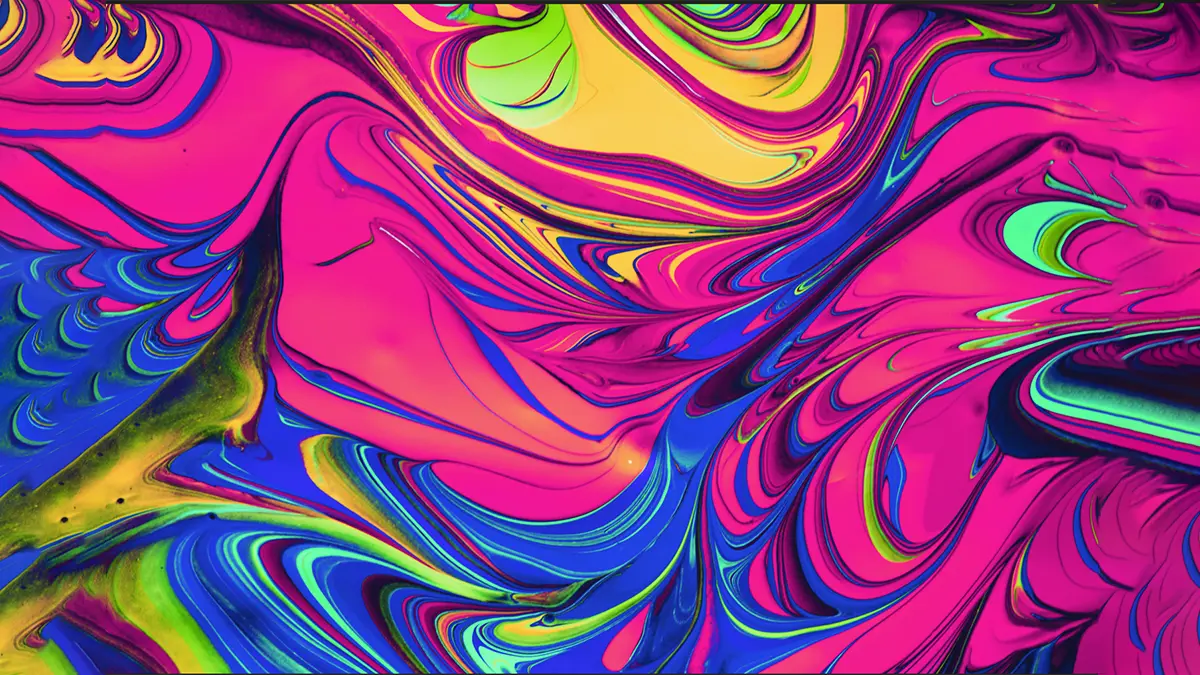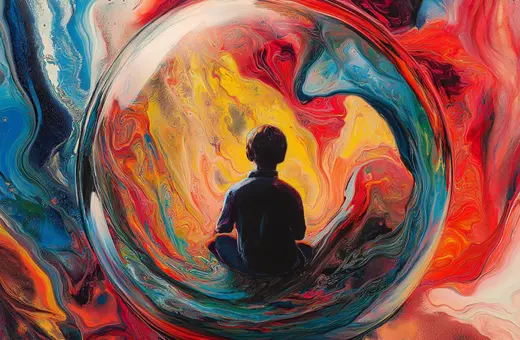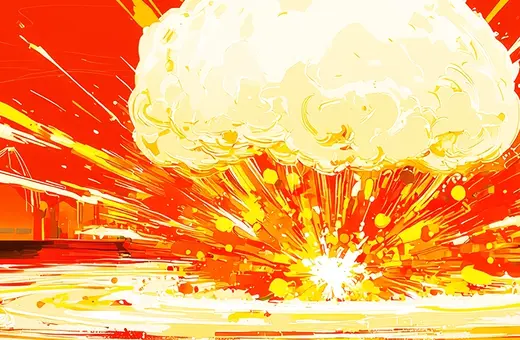We think the world activates our brain to create experience but recent research into psychedelics suggests the reverse is sometimes true. External stimuli can mute brain activity. The brain is busy filtering reality when faced with the world. Take the world away, and the brain can go to new and exciting places, writes Pedro Mediano.
Most scientists seek to understand the world around us. Other scientists, like myself, seek to explain the world within us – the elusive nature of the human mind, the physical basis of consciousness, and the seemingly impenetrable barrier between external reality and first-person experience. Therefore, as consciousness neuroscientists, our task is to elucidate how our consciousness is altered in response to changes in our brain and our environment. And there is no alteration quite as powerful and encompassing as that elicited by psychedelic substances.
In the realm of neuroscience, the study of psychedelics has long been a captivating yet enigmatic pursuit. It is only recently that research has started illuminating the intricate relationship between psychedelics, consciousness, and brain activity, revealing a fascinating interplay that extends beyond mere simple hallucinations and the geometric patterns that are commonly associated with these substances. Adding another layer of complexity, we must also take into account the contextual backdrop against which these experiences unfold – how we feel, where we are, and what’s around us – elements collectively called ‘set and setting’. All these factors make up a formidable research endeavour, with deep philosophical implications and convoluted technical challenges. How the outside world shapes inner experience not only informs how we can use set and setting therapeutically – it can also tell us about what that experience is and how it works.
___
A rich and diverse inner life, with many different contents springing in and out of consciousness, must be generated by equally diverse activity in the brain, through the interplay of complex patterns of neural activity.
___
One of the tools that scientists are using to find signal in the noise is the concept of entropy – a mathematical construct, derived independently in both physics and computer science, that measures the amount of ‘disorder’ in a system. In neuroscience, entropy measures the complexity or ‘signal diversity’ of neural activity, i.e. the number of different patterns in which neurons in your brain activate and send messages to one another. Most of us in fact use this concept of entropy in our daily life, every time we compress a computer file. An image that shrinks greatly in size when compressed does so because it has low visual diversity and a lower entropy, whereas a more visually diverse image would harder to compress, requiring more information to describe it truthfully.
A simple yet powerful account of the relationship between brain entropy and consciousness was put forward in Carhart-Harris’ influential Entropic Brain Hypothesis (Carhart-Harris et al., 2014). This hypothesis stems from a very simple intuition: that a rich and diverse inner life, with many different contents springing in and out of consciousness, must be generated by equally diverse activity in the brain, through the interplay of complex patterns of neural activity. Accordingly, a wealth of studies have shown dramatically increased brain entropy under psychedelics, to the extent that this entropy increase has become one of the most distinctive features of psychedelic neuroscience. ‘Distinctive’ is used here deliberately, rather than ‘unique’, as there are other known examples of increased entropy in the brain, such as states of deep meditation and states of ‘flow’ associated with musical improvisation.






















Join the conversation